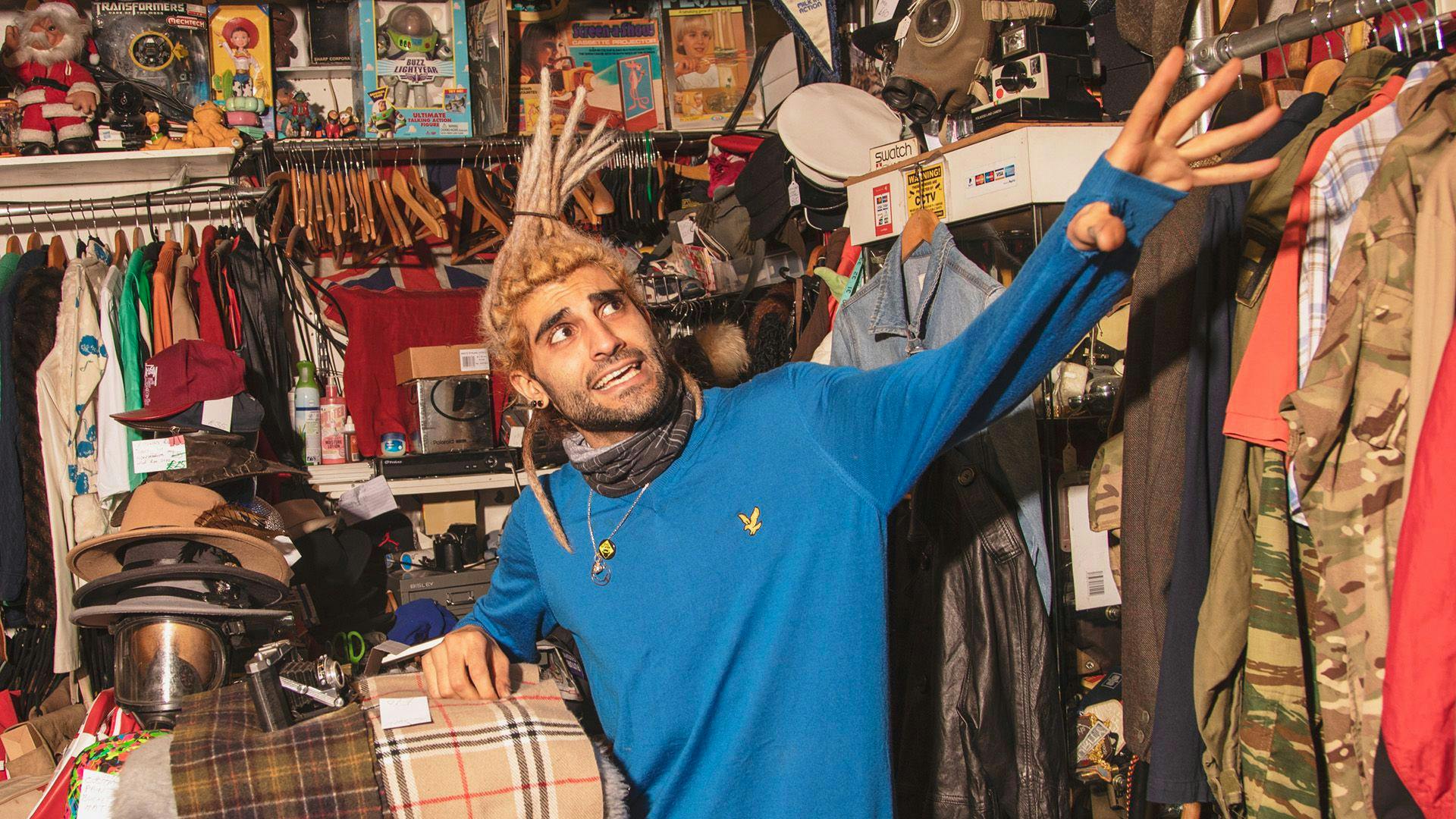Hey Megan, what is the Trouser Project Collective?
“It started with just me, working with upcycled clothes. After that I got more artists involved and now there's 18 people! It's a mixture of upcycled clothing, prints, shoes, basically everything handmade and one-off pieces.”
Why did you start your business here?
“Afflecks is great because it gives you the opportunity to be in a building full of other creatives. They cover the bills and licenses etc, so it's easy to get started here.”
Were you coming here before you moved your business in?
“I'd come a few times, but not loads. I'd mostly come in to the shop on the floor above which isn't actually a shop. It's called Not A Shop. A lady called Joy runs it, she's a battle-rapping granny. She's cool.”
What do you perceive Afflecks to be these days?
“I think there's a lot of different vibes going on, but the places I like going to are all about supporting independent businesses and protesting against the high street.”
